More Than a Hobby: How to Find Real Focus by Making Things
Over my many years as a woodworker and teacher, I’ve seen the same thing happen again and again. People show up to a workshop feeling completely frazzled. They’re drowning in digital noise, their attention pulled in a million directions, and they’re looking for a simple hobby to just… unwind. But here’s the thing I’ve learned: what they’re really craving isn’t a hobby. It’s a practice.
In this article
A hobby is just something to pass the time. A practice is different. It’s something you build, a skill you sharpen with both your hands and your mind, and it has this amazing side effect of bringing a quiet, steady focus back into your life.
This isn’t about running away from the modern world. It’s about engaging with it on a more solid, tangible level. That deep sense of calm we’re all chasing? It doesn’t come from just zoning out. It comes from intense concentration on a real-world task—solving a series of small, physical problems until you’ve created something useful or beautiful. The five areas I’m about to share are more than just pastimes; they are accessible disciplines, a direct antidote to that feeling of floating through life without ever touching anything solid.
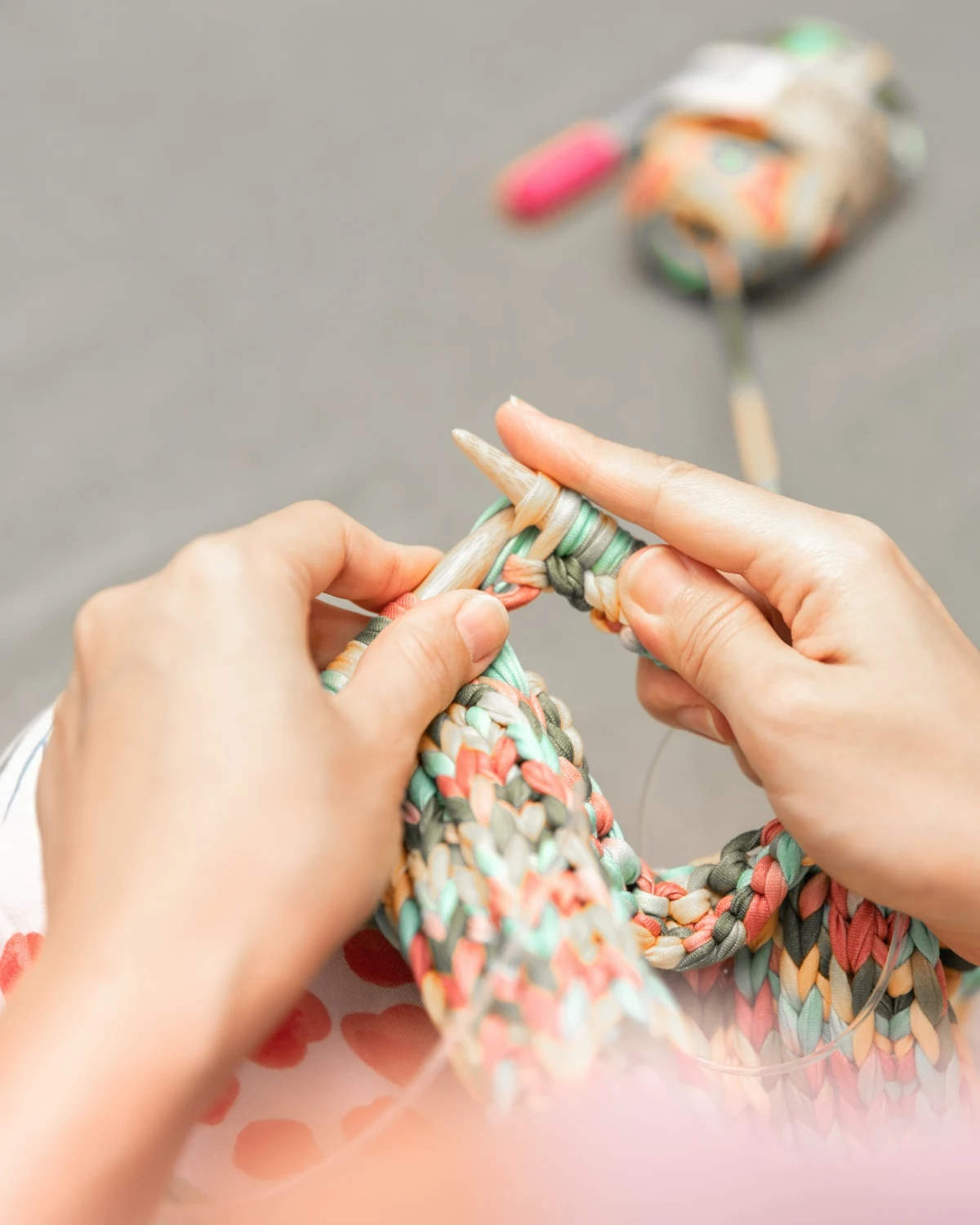
1. Fiber Arts: Getting Your Hands on Knitting and Crochet
People often toss knitting and crochet into the same bin, but they’re actually quite different under the hood. While both turn a simple string of yarn into fabric, how they get there is unique. Think of it this way: knitting uses two needles to manage a whole row of open, or “live,” loops at once, which creates a stretchy, flowing fabric that’s perfect for things like sweaters. On the other hand, crochet uses a single hook to create and complete one knotted stitch at a time. This results in a sturdier, more structured fabric, which is why it’s a go-to for things like hats, sturdy blankets, and little stuffed toys.
I got my start with knitting, learning from my grandmother. The gentle click of her wooden needles is still one of the most comforting sounds I can imagine. Later, I picked up crochet because I loved how fast you could build three-dimensional shapes with it.
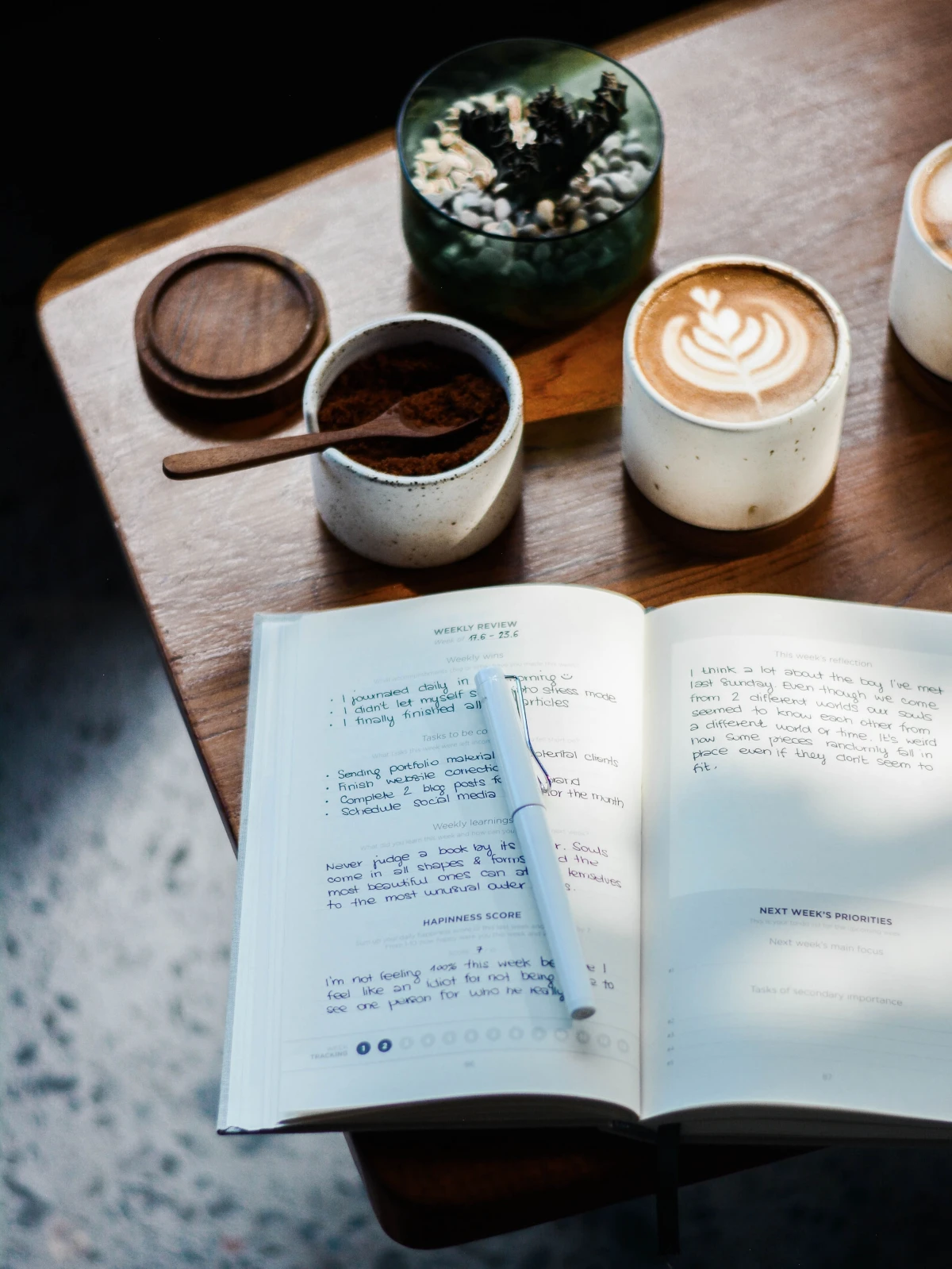
What’s Happening with the Stitches?
Honestly, understanding the structure is what turns it from a craft into a skill. In knitting, all the stitches on your needle are connected. That’s why dropping a single stitch can cause a whole column to unravel—it’s a web of interconnected loops. This structure also gives the fabric its personality. A garter stitch (where you just knit every row) makes a squishy, reversible fabric. A stockinette stitch (knitting one row, purling the next) is what gives you that classic V-look on the front of sweaters, but it has a natural tendency to curl at the edges. That’s not a mistake! It’s just a property of the physics of the fabric. Knowing this helps you make better choices, like using a garter or ribbed border to keep your stockinette scarf from turning into a tube.
Crochet’s structure, being a series of individual knots, is much more stable. You can set it down without worrying about everything unraveling, which makes it a bit more forgiving for beginners. It’s also incredibly versatile. The different stitch heights—from a short single crochet to a tall treble crochet—give you huge control over the final texture and density of your project.
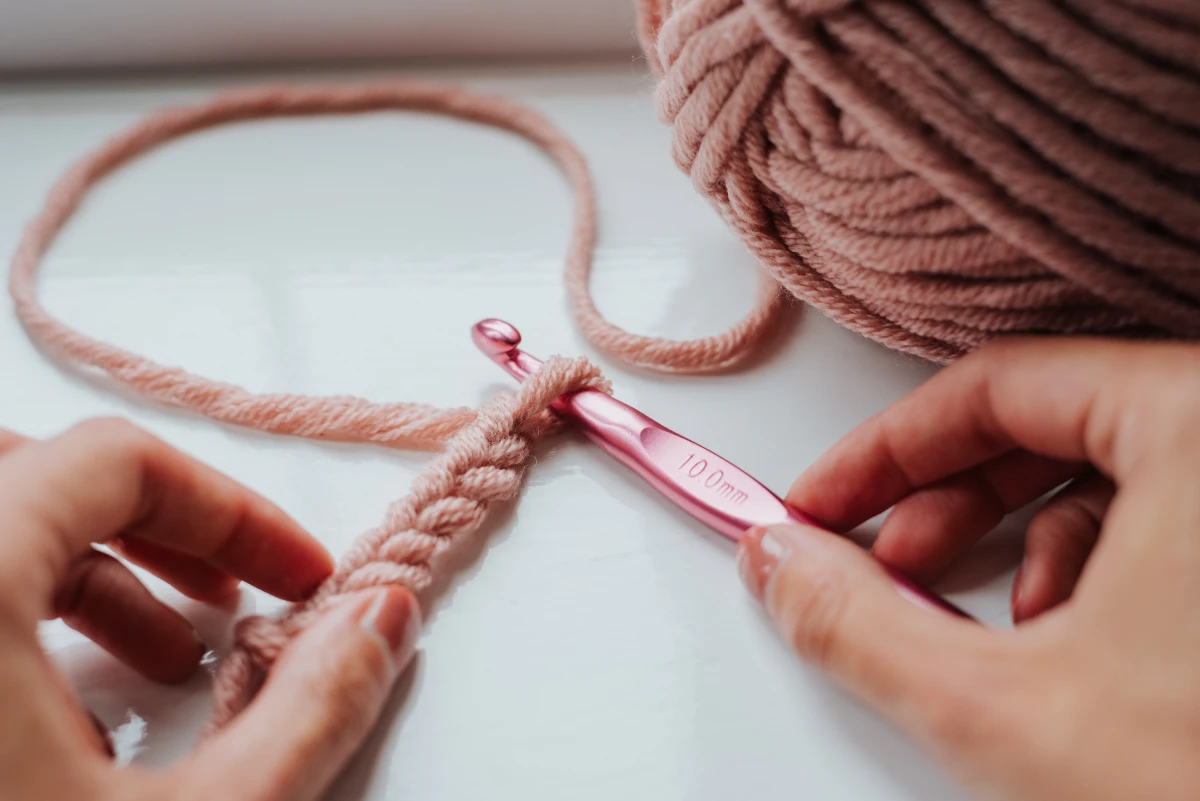
Getting Started: Tools, Yarn, and Your First Project
Your first choice is your tool. Needles and hooks come in slick metal, which is fast, or grippier bamboo and wood. For a total beginner, I always recommend bamboo or wood. They cost about $5-$10 a pair, and your stitches are much less likely to slip off by accident. And your yarn? It’s not just about color. For your first project, grab a ball of cheap, light-colored acrylic yarn for about $5. It’s durable and easy to see your stitches with. All in, you can get started for under $20.
So, where do you begin? Forget making a scarf right away. Your first goal is just to get comfortable. Go to YouTube and search for “how to cast on knitting” or “how to make a slip knot crochet.” There are fantastic channels out there with incredibly clear, close-up videos. Just focus on making a small, wobbly square, maybe four inches by four inches. This is called a gauge swatch, and it’s the most important step for any project that needs to fit. It tells you how many stitches you make per inch. Skipping this step is why almost every beginner’s first sweater ends up fitting their cat instead of them.

Oh, and a quick heads up: this can be tough on the hands. Take breaks every half hour to stretch your fingers and roll your wrists. Your first few projects will look a bit wonky. That’s totally normal. Those imperfections are a map of your progress.
2. Cultivation: The Real Dirt on Gardening
Gardening gets romanticized a lot. We picture quiet mornings and beautiful flowers. The reality? It involves a lot of sweat, dirt, and learning from your failures. My first garden was a sad collection of stringy tomatoes and aphid-covered kale, but it taught me more than any perfect harvest I’ve had since. The real reward is connecting with the natural cycles of growth and decay—it’s a partnership, not a conquest.
Your Foundation: Soil and Sunlight
Great gardens start with great soil. It’s not just dirt; it’s a living world. Before you plant a single seed, you need to know what you’re working with. My local soil is dense clay, and for years I fought it. The breakthrough came when I realized I needed to amend it, not replace it. Now, every year, I mix in a few inches of compost. It improves drainage, adds nutrients, and builds a healthy structure. No matter what you have—sand, silt, or clay—the answer is almost always more organic matter.

Light is the other dealbreaker. “Full sun” isn’t a suggestion; it means a bare minimum of 6-8 hours of direct, unfiltered sun every day. “Part shade” is about 4-6 hours, and “full shade” is just filtered or indirect light. Spend a day watching the spot you want to plant in before you buy anything. A sun-loving tomato plant on a north-facing balcony will just break your heart.
Your First Garden for About $20
If you’re new to this, start small. Seriously. A huge plot is a recipe for overwhelm. Here’s a super simple way to get started:
- Go to a hardware store and buy one 5-gallon bucket (about $5). Drill a few holes in the bottom for drainage.
- Buy one bag of potting mix—NEVER use soil from your yard in a pot, as it will compact and strangle the roots (about $10).
- Go to a local nursery and buy one healthy-looking basil or tomato plant (around $5).
That’s it. For a total of $20 and a little bit of patio space, you are officially a gardener. Now, just focus on watering it correctly. Don’t sprinkle it a little every day. Water it deeply, until water runs out the bottom, and then let the top inch of soil dry out completely before you water it again. This encourages the roots to grow deep, making the plant much stronger.
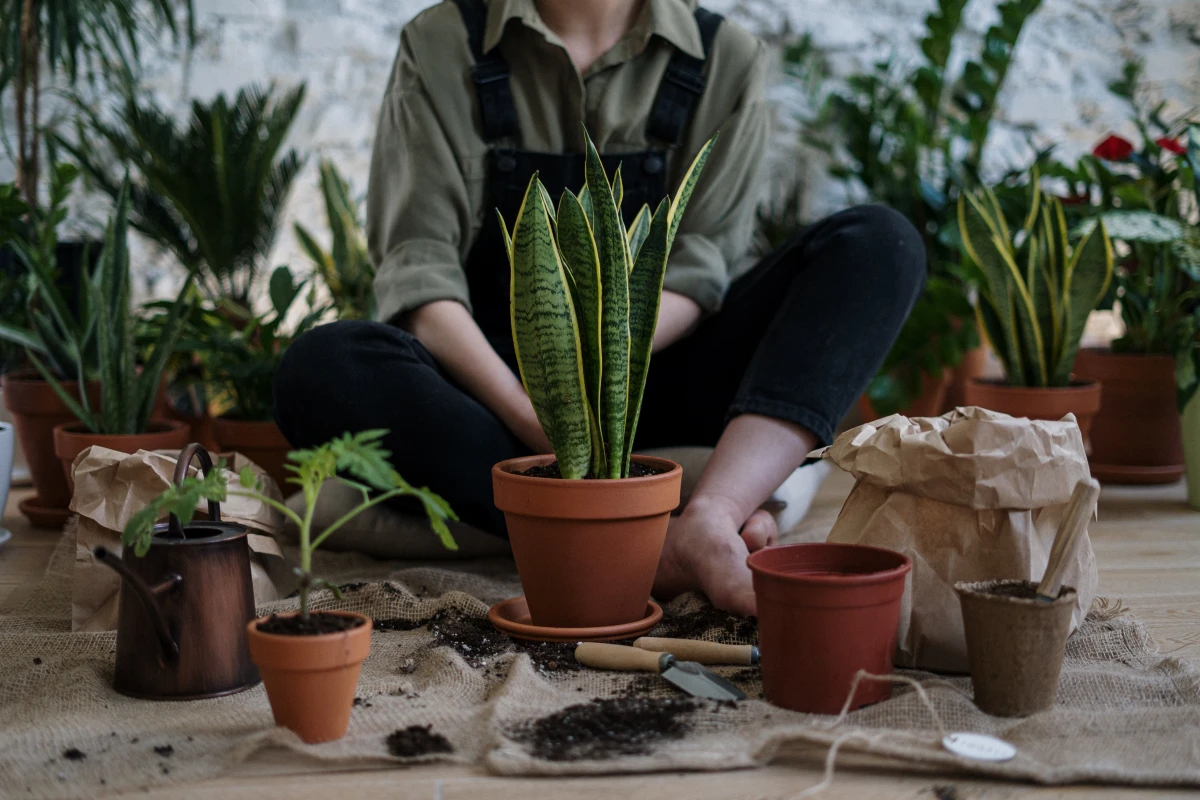
Know Your Zone, Stay Safe
Quick safety tip: always wear gloves. Soil has all sorts of bacteria, so it’s a good habit to get into. Also, before you buy any plant that you hope will survive the winter, you need to know your climate zone. Just search online for the “USDA Plant Hardiness Zone map” and type in your zip code. This number dictates your growing season and what plants will thrive where you live. It’s the single most important piece of data for a gardener.
3. Object Curation: The Art of the Secondhand Find
Thrifting is more than just cheap shopping; it’s a treasure hunt. It’s a practice of seeing the hidden value in things other people have discarded. You learn to spot quality, appreciate good craftsmanship, and give an object a second chapter. The goal isn’t to hoard, but to carefully select and, when necessary, thoughtfully restore.
How to Train Your Eye
Next time you walk into a thrift store, slow down. Use your hands as much as your eyes. For furniture, check for solid wood by looking for grain patterns that wrap around the edges; veneer is just a thin layer on top of particleboard or plywood. Wiggle it. If it’s wobbly, is it a simple fix with a screwdriver, or is the whole structure shot? For clothes, feel the fabric first. Natural fibers like wool, cotton, and linen usually feel better and last longer. Check the seams and look at the zipper—a YKK brand zipper is often a quiet sign of quality.

Here’s a little challenge for you: next time you’re in a thrift store, don’t plan on buying anything. Just find one piece of furniture and try to decide if it’s solid wood or veneer. That’s it. You’re not shopping; you’re practicing the skill.
A Restoration Story
I once found a little solid oak stool for a few bucks. When I got it, it was a wreck—the kind of wobbly, water-stained piece you’d hide in a corner. The restoration was a perfect afternoon project. I used a chemical stripper (outside, with gloves and safety glasses!) to get the old, peeling varnish off. After cleaning it, I sanded it smooth, starting with a coarser grit and moving to a fine one. I always sand in the direction of the wood grain to avoid leaving scratches.
Instead of a thick polyurethane, I wiped on a few coats of tung oil. Oil finishes sink into the wood, protecting it from within and giving it a warm, natural feel you can’t get from a plastic-like topcoat. Now, that same stool is a solid, glowing piece that holds my cup of coffee in the workshop every morning. The whole transformation cost maybe $30 in supplies that I can use on dozens of other projects.
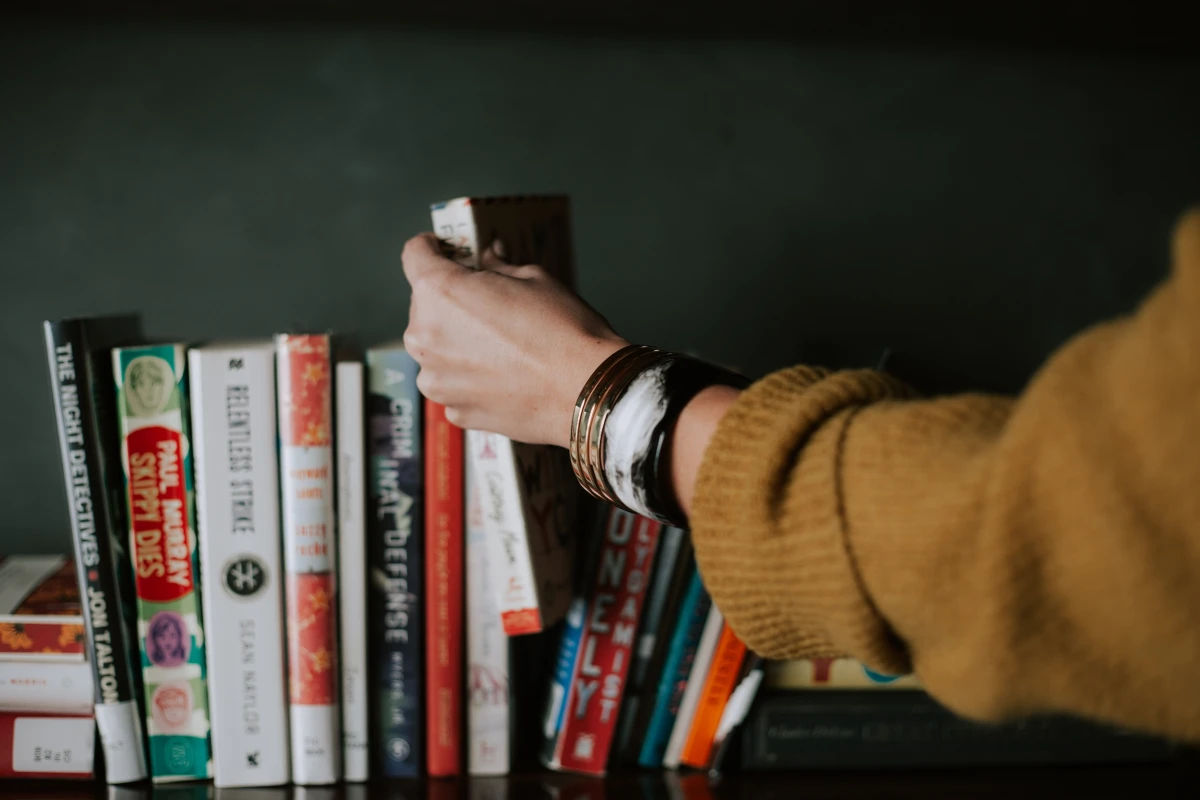
4. Focused Engagement: The Practice of Deep Reading
In a world designed for scrolling and skimming, sitting down with a physical book for an hour is a radical act of rebellion. Reading isn’t passive; it’s an active workout for your mind. It’s a direct conversation with someone else’s thoughts, and it builds focus and vocabulary in a way that bite-sized content just can’t.
How to Read Actively
To make reading a real practice, you have to engage with the text. I always read non-fiction with a pencil in hand. I underline things, make notes in the margins, and argue with the author. It’s a conversation. For fiction, I might just keep a simple journal to jot down thoughts on a character or a sentence that I loved.
Don’t feel pressured to only read “the classics.” The goal is building the muscle of concentration, so read what genuinely interests you. Need a place to start? Instead of grabbing a random bestseller, try a book that explores the philosophy of working with your hands and why it feels so good. Or, for fiction, find a modern fantasy novel that’s known for being pure, heartwarming escapism—the kind of story that makes it easy to forget your phone exists. The best book is one you’re actually excited to pick up.
By the way, I find that physical books work better for this. Studies suggest we retain less from screens, and the lack of notifications and temptations to click away is a huge advantage when you’re trying to build focus.
5. Structured Reflection: The Power of a Notebook
A journal isn’t a diary for your secret crushes. It’s a tool. For centuries, craftspeople and scientists have used notebooks to document their work, sketch ideas, and solve problems. It’s the simplest way to get your thoughts out of your head so you can look at them clearly.
Practical Ways to Use a Journal
Forget the fancy $30 journals. A basic spiral notebook from the grocery store ($2) and a good pen are all you need. This is the cheapest practice to start, hands down. The method matters more than the materials.
- The Workshop Log: This is my go-to. Before a project, I sketch the idea and list my materials. As I work, I note measurements, problems, and solutions. It becomes a personal encyclopedia of what works and what doesn’t.
- The Garden Journal: Essential for gardeners. Track what you planted where, when things sprouted, and when you harvested. After a few seasons, this becomes an invaluable, hyper-specific guide to your own backyard.
- The Commonplace Book: This is an old idea where you just keep a single notebook to collect quotes, ideas from books, and interesting observations. It’s a treasure chest of wisdom you can revisit.
Your first “project” doesn’t need to be some grand memoir. Just pick one thing. For example, use a notebook only to track your gardening. Write down what you planted and when. That’s it. You don’t have to write every day. Just use it when you have an idea to capture or a problem to solve. Looking back at it a year from now is an incredibly powerful experience. You see tangible proof of how much you’ve learned. It’s a real motivator to keep going.
Inspirational Gallery
Creating a dedicated space, even a small one, is a powerful ritual. It signals to your brain that it’s time to switch from passive consumption to active creation. You don’t need a full studio; a simple rolling cart, like the popular IKEA RÅSKOG, can hold all your supplies. When you’re ready to practice, you simply roll it out. When you’re done, it tucks away, keeping your focus contained and your living space tidy.
The global handicraft market was valued at over 750 billion dollars in 2022 and is projected to continue growing.
This isn’t just a niche trend; it’s a large-scale movement. People are actively seeking out unique, handmade goods and, more importantly, the skills to create them. This shift reflects a deep-seated desire for authenticity and a connection to the things we own—a direct counter-response to a world of mass production.
I have all the supplies, but I’m terrified of making that first mistake. How do I start?
Embrace the “practice piece.” Don’t start with your final, ambitious project. Instead, grab a scrap of yarn, a spare block of wood, or a cheap piece of paper. The goal isn’t to create a finished product, but simply to get a feel for the tools and materials. Make stitches and unravel them. Make cuts you know are “wrong.” This low-stakes exploration removes the pressure and turns fear into curiosity.
Natural Fibers (e.g., Malabrigo Merino Wool): These yarns offer unparalleled softness, warmth, and breathability. They feel alive in your hands and create garments that drape beautifully. The downside? They can be more expensive and require gentle hand-washing.
Synthetic Fibers (e.g., Lion Brand Acrylic): Highly durable, machine washable, and budget-friendly, acrylics are fantastic for beginners or for items that need to withstand wear and tear, like blankets or toys. They may not feel as luxurious but offer a massive range of vibrant, consistent colors.
For a first project like a scarf, a soft acrylic or an affordable wool blend often provides the best balance of experience and practicality.
Embrace the Japanese philosophy of wabi-sabi—the art of finding beauty in imperfection. This mindset is a maker’s best friend, freeing you from the paralysis of perfectionism.
- See a slightly uneven stitch not as a mistake, but as a sign of the human hand.
- Appreciate the unique grain of a piece of wood, even with its knots and quirks.
- Value the process of learning and creating over an impossibly flawless final product.
The crucial point is this: your senses are your anchor to the present moment. Pay attention to the subtle rasp of a pencil on textured paper, the earthy smell of wet clay on a potter’s wheel, the rhythmic click of knitting needles, or the scent of beeswax used to polish a finished wooden spoon. This sensory engagement is the very thing that quiets the digital noise and grounds you in the tangible world.
- They connect your work to a past life, imbuing it with history.
- They challenge your creativity, forcing you to work with what you have.
- They are often more affordable and environmentally conscious.
The secret? Working with reclaimed materials. From yarn made of recycled fibers, like some collections from We Are Knitters, to wood salvaged from old furniture, using pre-loved materials adds a layer of soul to your work that you can’t buy new.
Never underestimate the power of a single, well-chosen color.
You don’t need to spend a fortune to begin your practice. True focus comes from engagement, not expensive equipment. Find your entry point with these budget-friendly ideas.
- Start with paper: Origami, kirigami, and sketching require minimal investment. A good pen and quality paper are all you need.
- Visit the library: Beyond books, many modern libraries now have “Libraries of Things” where you can borrow tools, from sewing machines to basic woodworking kits.
- Buy second-hand: Thrift stores and online marketplaces are treasure troves for yarn, fabric, and sometimes even tools at a fraction of their original cost.










